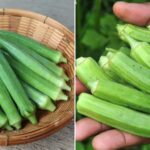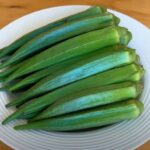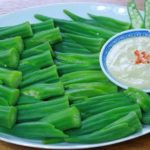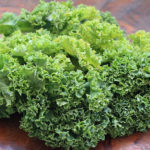How to Select the Best Okra
Fresh, high-quality okra pods are bright green and slightly hairy to the touch. Look for pods with a shiny, smooth appearance, free from any dark spots or discolouration.
Avoid larger pods, which tend to be older and tougher. Aim for a length of around 8cm or less. The ideal okra pod should feel slightly bumpy and firm but not too hard.
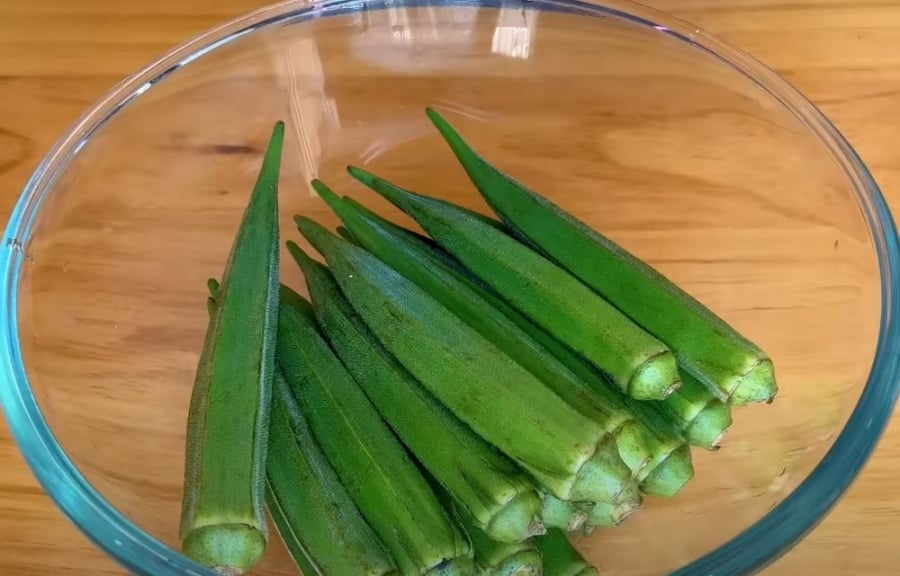
Choose okra pods that are fresh and crisp, avoiding those that are overly large or lengthy.
A gentle squeeze can help determine freshness; the ideal pod should have a slight give without being too soft or hard.
Additionally, try snapping the stem end. Fresh okra will easily break with a crisp snap, while older okra will feel rubbery and resistant.
Boiling Okra – A Simple Guide
– Preparing the Okra
Okra has a hairy surface, so be sure to wash each pod thoroughly. Soak them in a dilute salt solution for about 15 minutes to remove any dirt or residue. Rinse and drain the pods before proceeding.
Resist the urge to trim the stems or cut the pods before boiling. Doing so releases the sticky substance inside, making your boiled okra slimy. It also reduces the nutritional content as some nutrients leach into the water, and others are lost through evaporation.
Therefore, always boil okra whole, keeping the stems intact.
– Boiling Process
Start by heating a pot of water. Use just enough water to submerge the okra pods. Add a pinch of salt and a dash of oil to the water; this helps retain the vibrant green colour and adds a nice shine.
While waiting for the water to boil, prepare a bowl of ice-cold water and keep it nearby.
Once the water reaches a rolling boil, gently place the okra pods into the pot. Use a spoon or spatula to ensure they are fully submerged. Boil for approximately 3-4 minutes; overcooking will result in mushy, unappetizing okra.
Remove the pods from the boiling water and immediately plunge them into the prepared ice bath. This rapid cooling helps retain the bright green colour and crisp texture.
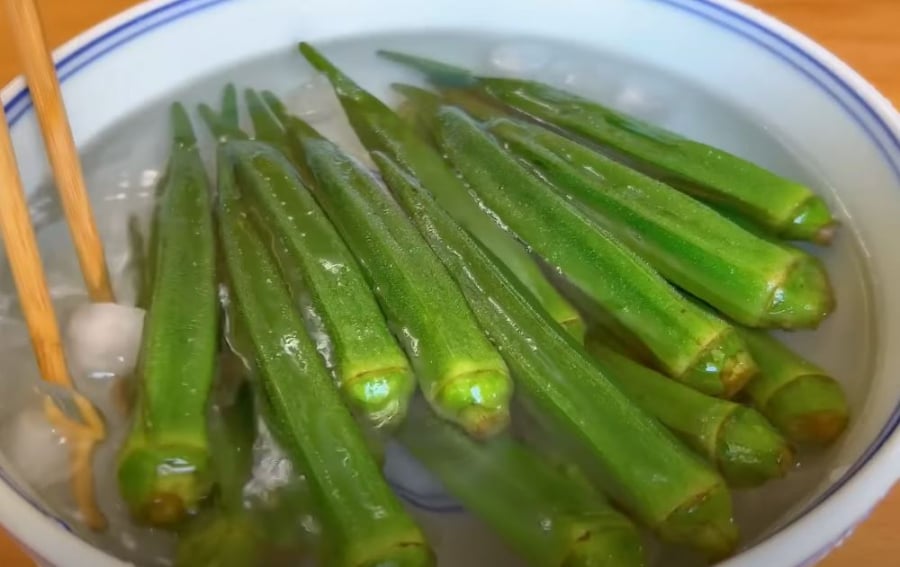
Enhance the appearance and texture of boiled okra by quickly cooling it in an ice bath.
When the okra is cool, drain and pat dry with a clean cloth or kitchen paper.
Just before serving, trim the stems and cut the pods to your desired size. Enjoy your perfectly boiled okra as a side dish or incorporate it into your favourite recipes!

For the best results, trim the stems and cut the boiled okra just before serving.
By following these simple steps, you can enjoy delicious, nutritious boiled okra without the slime! Remember to keep the pods whole during the boiling process to lock in all the goodness.
Is Eating 100g of Okra Fattening? Uncover the Calorie Content and Nutritional Benefits of This Super Veggie.
“Okra, a humble vegetable, has gained popularity among health-conscious individuals, especially those aiming to shed a few pounds. With its low-calorie content, okra is a weight-loss ally, but just how low in calories is it? And can indulging in this veggie lead to weight gain? Let’s delve into the world of okra and uncover the truth about its calorie count and effects on our waistlines.”

